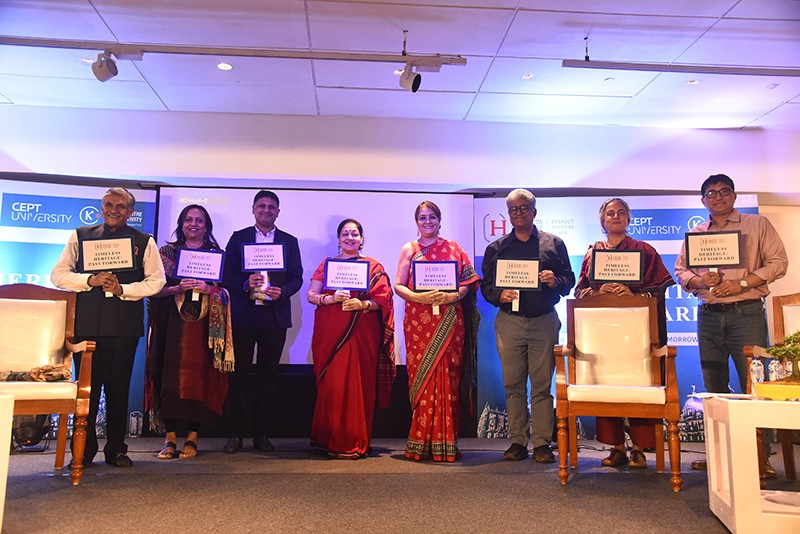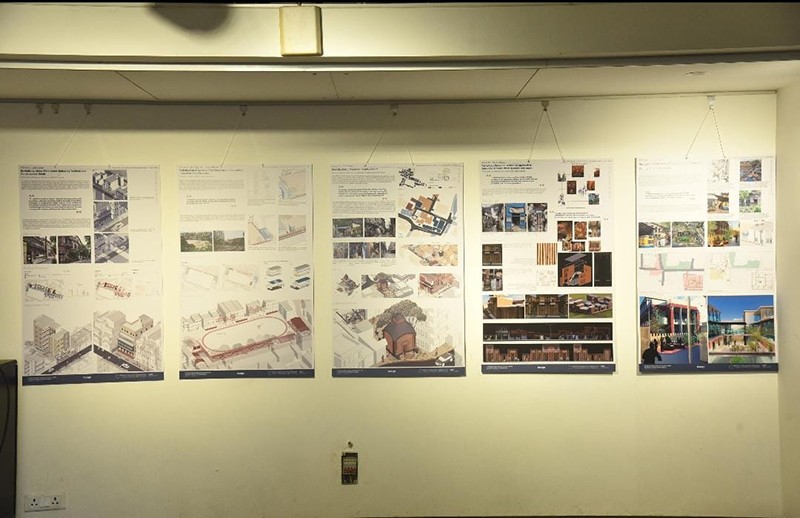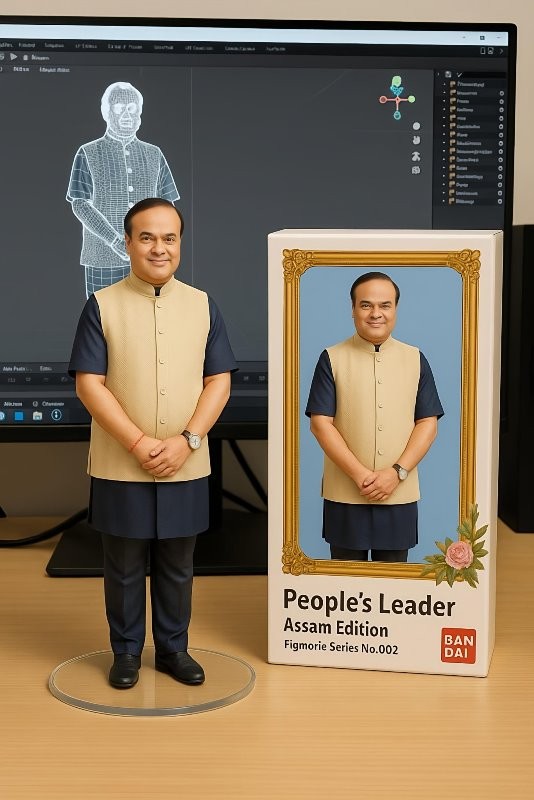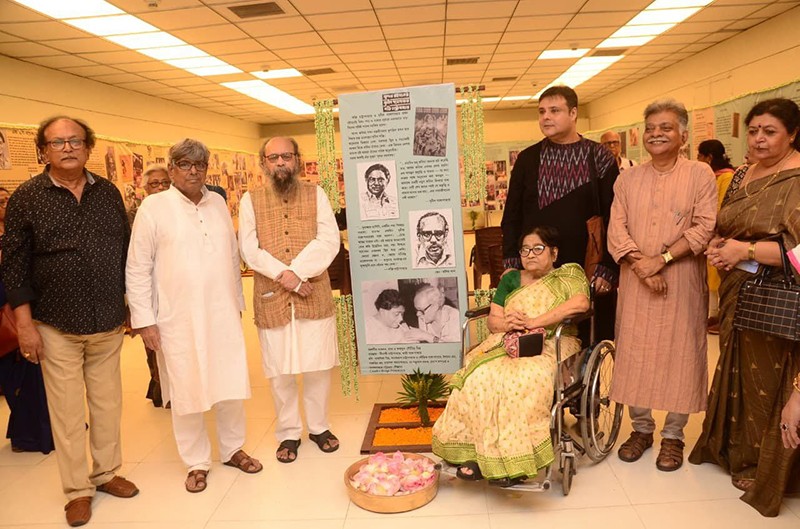Exhibition showcases ways to revitalize Kolkata’s declining urban heritage

Should we deliberately demolish vintage urban structures to accommodate modern aspirations? Or can cities balance heritage conservation with the need for modernization? A recent exhibition in Kolkata attempted to showcase how preservation of built heritage may be aligned with urban development.
While the growing urge for modernization often overrides the need to preserve the architectural heritage of old cities, it has been proved beyond doubt that such vintage structures are our connection to the past. Demolishing these structures not only results in the loss of urban architectural legacy but also cuts off future generations from their roots. Besides, old buildings, as part of the city’s tourist attractions, can also generate income for local people.
The three-day exhibition titled Sovabazar Urban Conservation Exhibition, a collaboration between Calcutta Heritage Collective (CHC) and the School of Architecture, CEPT University, Ahmedabad, not only attempted to address this debate but also to develop proposals to balance preservation with modernization through a case-specific study.
 From L-R - Apurva Salarpuria, Chairman of CREDAI & Mukul Agarwal, Founder Trustee of Calcutta Heritage Collective
From L-R - Apurva Salarpuria, Chairman of CREDAI & Mukul Agarwal, Founder Trustee of Calcutta Heritage Collective
The exhibition, along with a panel discussion held at the Kolkata Centre for Creativity, was the culmination of a semester-long Conservation and Regeneration Studio at CEPT University. It involved students and faculty conducting an immersive study of one of north Kolkata’s neighborhoods—once known for its opulent mansions, waterways, temples, and cultural attractions, but now fallen into decay.
As Delhi-based Gurmeet Sangha Rai, Founding Director of CRCI and The Lime Centre—with projects spanning UNESCO World Heritage sites and national monuments, and recipient of multiple UNESCO awards including the Award for Excellence in 2023—said: “The involvement of CEPT University students in documenting and reimagining Sovabazar brought a breath of fresh air to the conversation on conservation — showing how heritage can be repositioned within communities and given new meaning.”
Before-and-after lens
The exhibition panels highlighted Sovabazar’s current state—crumbling colonial mansions, fragile canals, and the living but endangered traditions of Kumartuli—followed by proposals that reimagined these spaces as vibrant, adaptive, and sustainable.
According to Ayan Sen, city-based architect and urban designer, an alumnus of CEPT and MIT Boston, who spearheaded the project, the Sovabazar sector was chosen largely because it served as a microcosm of the city.
“The project aimed at the revitalization and contemporization of the Sovabazar sector. The various proposals seek to bring life back to this critical quarter,” said Sen.
With the stretch of road between Abhay Mitra Street and Sovabazar Street as the main study area, the presentations allowed spectators to clearly see what was at risk and how, with timely intervention, the old buildings and unused spaces, the historic riverbanks, temple precincts, the traditional clay artisan colony of Kumartuli, public spaces such as Kumartuli Park, and other distinct features could be revitalized by reshaping decline into opportunity.
Mumbai-based Vikas Dilawari, a conservation architect with more than three decades of experience and 19 UNESCO Asia-Pacific Awards for Cultural Preservation to his credit, said metropolitan cities like Kolkata and Mumbai were the finest cities east of Suez in the 19th century from an architectural and townscape point of view, but are now filled with many lived-in heritage structures, some unloved and uncared for.
 From L-R - Supriya Newar (Writer & Author), Jaya Seal Ghosh ( actor-dancer), Bickram Ghosh (percussionist) and Mukul Agarwal (Founder Trustee of Calcutta Heritage Collective)
From L-R - Supriya Newar (Writer & Author), Jaya Seal Ghosh ( actor-dancer), Bickram Ghosh (percussionist) and Mukul Agarwal (Founder Trustee of Calcutta Heritage Collective)
The exhibition showcased detailed documentation, measured drawings, urban analyses, and visual renderings alongside innovative proposals for adaptive reuse, community spaces, streetscape improvements, and conservation toolkits—demonstrating both the academic rigor and creative imagination required to address heritage in today’s urban context.
Sonal Mithal, architect, artist, and educator, co-founder of the research and conservation studio People for Heritage Concern, and chair of the Masters in Conservation and Regeneration program at CEPT University, said: “I believe there is an emerging space for conservation projects to be treated as radical architecture – undertaken with careful restraint to make a case for responsible interventions that prioritize aesthetics, contemporary materials, ecological economies, and cognizance of history.”
Who will bell the cat?
The exhibition was complemented by presentations from Dilawari and Rai, and a panel discussion facilitated by faculty members Sen and Mithal, which dealt with Conservation as a tool for a sustainable urban future and Architectural alchemy – turning heritage into opportunity.
While the presentations drove the conversation about revitalizing the Sovabazar neighborhood from monument-centric to a holistic vision of urban revitalization, no road map was presented regarding who will undertake or execute the work, either wholly or in part.
Hemant Bangur, chairman of Gloster Limited—the company that recently renovated and opened to the public the popular Judges’ Ghat on the Hooghly River, west of Kolkata—spoke about the disconnect between heritage conservation and policies.
Whether it was renovating his office on Strand Road, a heritage property, by upholding the historic architecture yet incorporating modern-day requirements, or untangling the mystery of the ownership of the ghat before acquiring permission to begin its restoration, Bangur faced roadblocks and red tape because there is no clearly defined policy on renovating and restoring heritage properties.
Darshan Dudhoria, lawyer-turned-entrepreneur, who spearheaded the restoration of Bari Kothi—from a 300-year-old dilapidated property into a leading grand heritage hotel—believes that both money and momentum are needed for the restoration and conservation of old properties.
 Exhibition on Shobhabazar Urban Conservation ideas by students of School of Architecture, CEPT University, Ahmedabad and Calcutta Heritage Collective
Exhibition on Shobhabazar Urban Conservation ideas by students of School of Architecture, CEPT University, Ahmedabad and Calcutta Heritage Collective
Answering a query on the fractured ownership and tenancy issues plaguing old Kolkata buildings, he said that with events such as this exhibition—bringing together various groups to build momentum—and with the city’s industrialists coming forward with funds, tenancy issues and other problems can be resolved to a large extent.
According to many participants, while it may not be possible to execute the suggestions in their entirety, even partial implementation can go a long way in preserving urban heritage and culture.
Mukul Agarwal, Founder Trustee of the Calcutta Heritage Collective, summed up the afternoon’s mood when she said: “The Sovabazar exhibition is not just an academic showcase; it is a call to action. It exemplifies our belief that preserving any city’s built heritage is the road to a sustainable future, and Kolkata definitely deserves this as a collective effort. We want conservation to inspire the future, where Kolkata’s timeless past finds new life.”
(Reporting by Uttara Ganguly)



